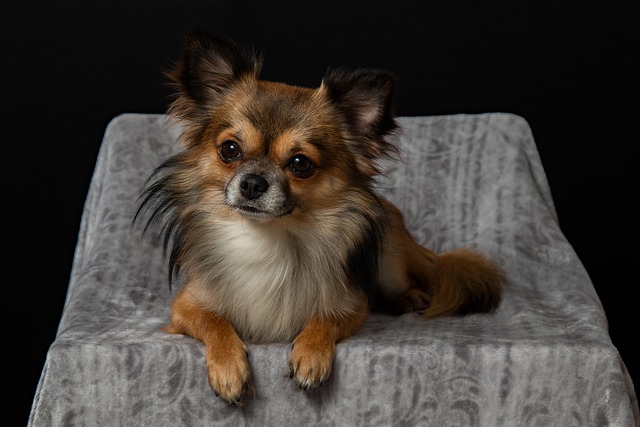
Can I use coconut oil to make hair conditioner for my dog
If you’ve ever finished bathing your dog, reached for the bottle of dog conditioner, and realized it’s empty—staring at a jar of coconut oil in your pantry instead
You’ve just brought home a fluffy new pup or maybe you’re looking to save some money by grooming your dog yourself. But as a new dog owner in the U.S., the idea of grooming at home can seem overwhelming. Fear not! With the right tools and a little patience, you can keep your furry friend looking and feeling great.
Grooming isn’t just about making your dog look good—it’s essential for their health. Regular brushing helps remove loose fur, preventing mats and tangles that can cause skin irritation. Bathing keeps their coat clean and free of dirt, allergens, and parasites. Trimming nails and cleaning ears prevent infections and discomfort. It’s like taking care of your own hygiene; neglecting it can lead to problems down the road. Different breeds have varying grooming needs. For example, long - haired breeds like Shih Tzus require more frequent brushing and haircuts compared to short - haired breeds like Bulldogs.
To get started, gather the necessary tools: a slicker brush for removing tangles, a pin brush for general brushing, dog - specific shampoo (never use human shampoo as it can dry out their skin), nail clippers designed for dogs, and cotton balls or a gentle ear cleaner. First, brush your dog thoroughly to remove loose hair and detangle any knots. Start from the head and work your way down, being gentle around sensitive areas like the belly. When it’s time for a bath, fill a tub or sink with lukewarm water and place a non - slip mat at the bottom for safety. Wet your dog’s coat, apply shampoo, and lather gently, avoiding the eyes, ears, and mouth. Rinse thoroughly to ensure no shampoo residue remains. After the bath, dry your dog with a towel or a low - heat hairdryer on a cool setting. For nail trimming, find a well - lit area. If your dog has light - colored nails, trim just below the pink "quick." For dark nails, trim in small increments to avoid cutting the quick. Finally, use a damp cotton ball or ear cleaner to gently wipe the inside of your dog’s ears, removing any dirt or wax.
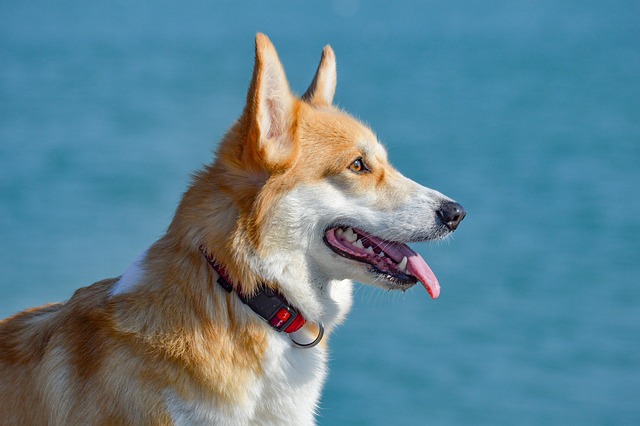
In the American pet - owning community, proper home grooming aligns with broader responsibilities. Always make sure your dog’s vaccinations are up - to - date as required by state law, especially if you plan to take them to public places after grooming. When living in apartments, be mindful of noise and mess during the grooming process. Use a shower curtain or old towels to catch water and fur. During community walks, a well - groomed dog not only looks presentable but also adheres to good pet etiquette. And remember, never use force or punishment during grooming. Instead, use positive reinforcement, like giving treats and praise throughout the process, to make it a pleasant experience for your dog.
Grooming your dog at home may seem daunting at first, but with practice, it becomes easier and can even strengthen the bond between you and your pet. So roll up your sleeves, gather your tools, and give your furry friend a spa - day at home.

If you’ve ever finished bathing your dog, reached for the bottle of dog conditioner, and realized it’s empty—staring at a jar of coconut oil in your pantry instead
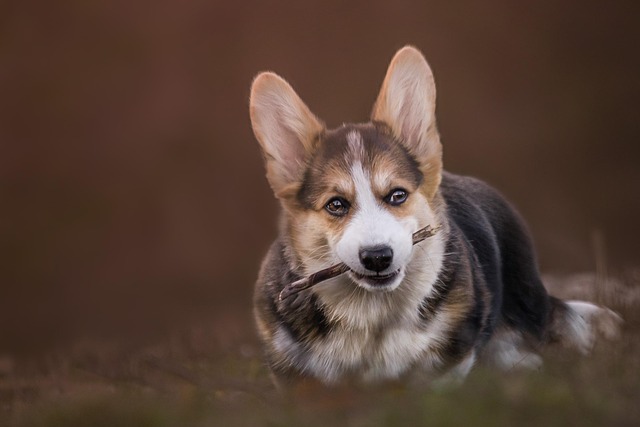
If you’re a new dog parent in the US—maybe you’re sitting on your New York apartment floor, watching your 1-year-old Golden Retriever
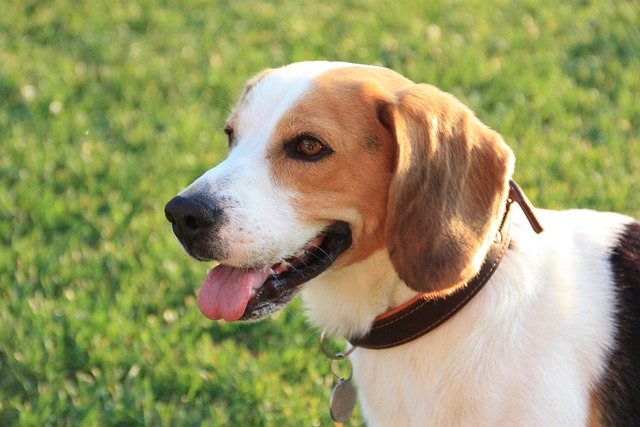
If you’re a new dog parent in the US—maybe you’re sitting on your Arizona apartment floor, holding your 6-month-old Beagle’s ear open with one hand

Most Labrador owners start wondering about their pup’s coat change around the time those tiny paws turn into bigger, more energetic ones. Typically, Labs begin losing their soft puppy coat between 4 and 6 months of age.

If you’re a new dog parent in the US—maybe you’re staring at your Texas apartment counter, holding a $200 groomer bill for your Goldendoodle’s last trim
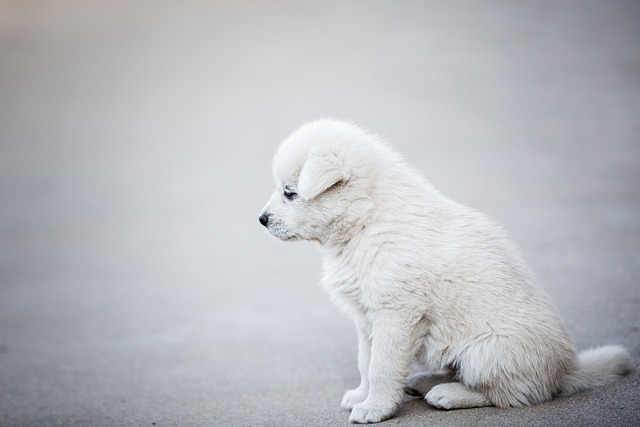
Finding loose fur on your puppy’s bed or your couch can make any new owner pause—wondering if it’s a sign of trouble or just part of growing up.